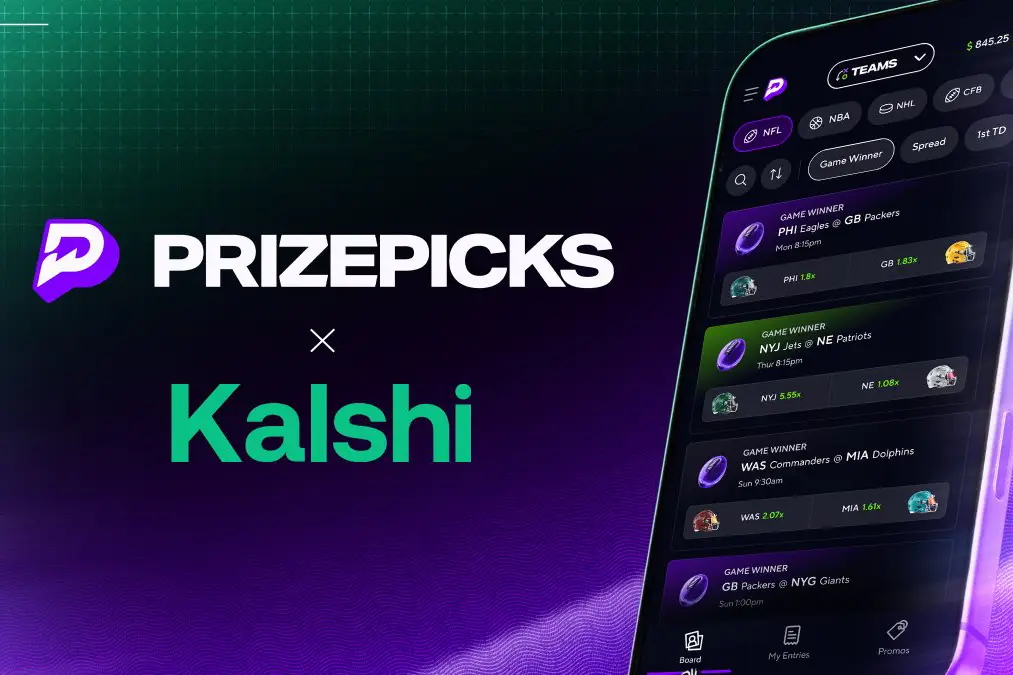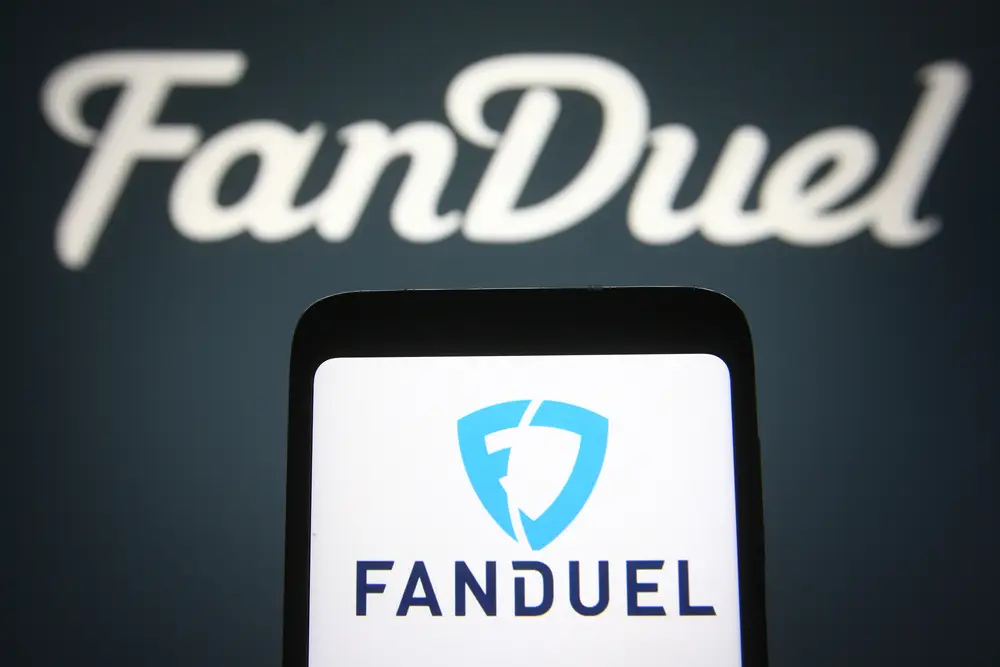It’s October, and it isn’t ghosts or monsters haunting prediction markets—it’s insiders.
Last week, the Nobel Peace Prize leaked on Polymarket nearly 12 hours before the scheduled reveal. Onlookers quickly jumped to the conclusion that someone with closed-door access traded on material non-public information (MNPI) and made out like a bandit.
Never mind that the insider theory may not hold up, as another explanation has emerged: traders found the clue on an XML sitemap rather than through a private tip.
Lots of ink spilled this week on the Nobel peace prize “Insider”, including a full-scale investigation in Norway.@FhantomBets discovers/reveals in the quoted tweet that at least one element of the winner was on Nobel’s site hours before the anouncement: an image file of Maria… https://t.co/gfDJhPcKKd
— Domer❤️🔥 (@Domahhhh) October 12, 2025
Either way, the debate about prediction markets and insider trading ensued across social media. “It’s a feature.” “No, it’s a bug.”
The truth? Likely somewhere in between.
The case for insider trading
Another name for prediction markets is information markets. They aren’t designed to be fair, but rather to surface the best available information by paying traders to be right.
“If someone truly knows an event is imminent, the most compelling way to share that knowledge is by moving the price and making money,” writes Galaxy Research’s Zack Pokorny. “Everyone else sees the shift and can update their priors instantly.”
Insider‑driven trades can be painful for whoever is on the other side, but the relevant question isn’t whether everyone competes on a perfectly level field—it’s whether the resulting forecasts are accurate.
One of the promises of prediction markets, after all, is that if we can better anticipate what will happen tomorrow, next week, next month, or next year, we can make better decisions today. Insiders, to the extent they enhance the accuracy of prediction markets, advance that promise.
This is especially beneficial for the questions that matter most: Will X country bomb Y country? Will the WHO declare a pandemic? Will a certain president seek a third term?
Compelling as the argument is, even true believers should acknowledge the tradeoffs of laissez-faire, Wild West information markets.
The case against insider trading
Prediction markets are new and growing rapidly. New users arrive every day, and getting ambushed by insiders is a lousy first experience. Frequent insider trading could in fact harm prediction markets’ liquidity and by extension, their accuracy and usefulness.
There’s also the risk of self-fulfilling prophecies. If a market pays for an outcome that participants can easily influence, some people will try to make it happen. Do you really think that many sex toys would have made it on WNBA courts if Polymarket hadn’t let users bet on it?
It’s one of the reasons why Kalshi maintains a list of trading prohibitions and runs surveillance to detect nefarious activity.
It’s easy to see that if Netflix employees were allowed to trade Kalshi’s weekly Netflix markets, other traders would vanish. And for trivial outcomes—like which show or songs ranks #1—the value of “perfect” information is low relative to the harm of discouraging participation.
What traders should do
Unlike many critics, I don’t believe insider trading (which has happened and will happen again) is an indictment of prediction markets as a product. As a frequent trader, I have a relatively good idea of which markets are vulnerable to insiders and I keep that in mind when making a decision to trade.
That’s why I avoid pre-recorded shows like Survivor, and generally pull my limit orders from the order book 48 hours before awards like the ESPYs, Grammys, Nobel Peace Prize, etc.
If you play poker, you know game selection is everything. Market selection is the same for prediction markets. Before you enter, ask: Can an insider easily game this? If the answer is yes, then consider skipping it or have a plan that protects you from adverse selection.
None of this changes my belief that prediction markets, done right, can be immensely valuable for society. But I do worry about the unintended consequences of normalized insider trading. Might it stunt mainstream adoption or, worse, create harms that outweigh the benefits?
What prediction markets can do better
I’m largely comfortable letting platforms experiment with different rules, though the CFTC’s rulebook seemingly prohibits insider trading:
“However, depending on all of the facts and circumstances, trading on the basis of material nonpublic information in breach of a pre-existing duty (established by another law or rule, agreement, understanding, or some other source), or by trading on the basis of material nonpublic information that was obtained through fraud or deception, may violate final Rule 180.1.”
Beyond surveillance and policing, platforms can reduce headaches and protect users a few other ways:
- Cut off trading 24 hours in advance for scheduled announcements. Unfortunately doing so would harm price discovery and trading volume in the final stretch.
- Launch smarter markets. Avoid listings that are easy to turn into self-fulfilling prophecies.
- Skip pre‑determined events. Don’t list markets whose outcomes were fixed weeks or months in advance.
- Provide more transparency by labeling “leak-prone” events and/or provide a “spoiler risk” explainer so traders understand the hazard before throwing in their chips.
The good news is that this Nobel episode might actually show that insiders aren’t required for sharp prices. If there’s a will, a resourceful trader will find a way. Platforms should increase awareness and deter insiders, but the next time a price moves “mysteriously,” remember that’s probably the market working exactly as designed. If that feels spooky, prediction markets might not be for you.



























